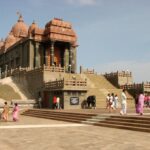Shakambhari Temple: Shakambhari, Uttar Pradesh
The Shakambhari Temple, located in the village of Shakambhari near Saharanpur in Uttar Pradesh, is a sacred shrine dedicated to Goddess Shakambhari, an incarnation of Goddess Durga. Revered as the “Goddess of Vegetation” or “Bearer of Greens,” Shakambhari Devi is associated with nourishment, agriculture, and prosperity. This temple is a major pilgrimage site, especially during Navratri, drawing devotees from all over North India.
Mythological Significance
According to Hindu mythology, Goddess Shakambhari manifested herself during a time of great drought and famine. People were suffering due to a long absence of food and water. Moved by compassion, the goddess appeared in the form of Shakambhari — meaning “the one who nourishes with vegetables” (shaka means vegetables or greens, and ambhari means bearer). She nourished humanity with fruits, vegetables, and greens, saving them from starvation.
This form of the goddess reflects her nurturing, motherly aspect and connects closely with the earth’s fertility and natural abundance. The temple is thus symbolic of divine compassion and sustenance.
Spiritual Importance
Shakambhari is considered a powerful form of Mahadevi or Adishakti, and the temple is believed to be a Shakti Peeth by many devotees, although it’s not traditionally counted among the 51 classical Peethas. Still, its spiritual energy and historical reverence place it among the most important shrines dedicated to the divine mother.
Many worshippers believe that prayers offered at this temple bring prosperity, eliminate food insecurity, and bless the land with fertility. Farmers in particular offer their prayers here for a good harvest and protection from natural calamities.
Temple Architecture and Setting
The Shakambhari Temple is built in traditional North Indian style, with a spacious courtyard and intricately designed sanctum. The main idol of the goddess is beautifully adorned with garlands, jewelry, and vibrant clothes. She is usually shown seated or standing with offerings of fruits and vegetables placed before her, representing her nourishing aspect.
The temple is surrounded by greenery and hills, enhancing its peaceful and sacred atmosphere. The presence of small shrines dedicated to other deities like Bhairav, Shiva, and Hanuman within the temple complex adds to its spiritual depth.
Festivals and Celebrations
The temple witnesses its largest crowds during Navratri, when devotees fast, pray, and engage in various rituals to seek the blessings of Shakambhari Devi. Special decorations, cultural performances, and spiritual discourses are held during this time. Other festivals such as Shakambhari Jayanti and Durga Ashtami are also celebrated with great devotion.
The Shakambhari Mela, held annually, is another major event when thousands of pilgrims visit the temple to offer prayers and enjoy devotional gatherings.
Conclusion
The Shakambhari Temple of Uttar Pradesh is not just a place of worship but a beacon of divine nourishment and compassion. It reminds us of the motherly nature of the Goddess who nurtures all life forms and sustains the universe through her boundless love. A visit to this temple offers both spiritual fulfillment and a deeper appreciation of nature’s bounty and the divine feminine energy that governs it.


















